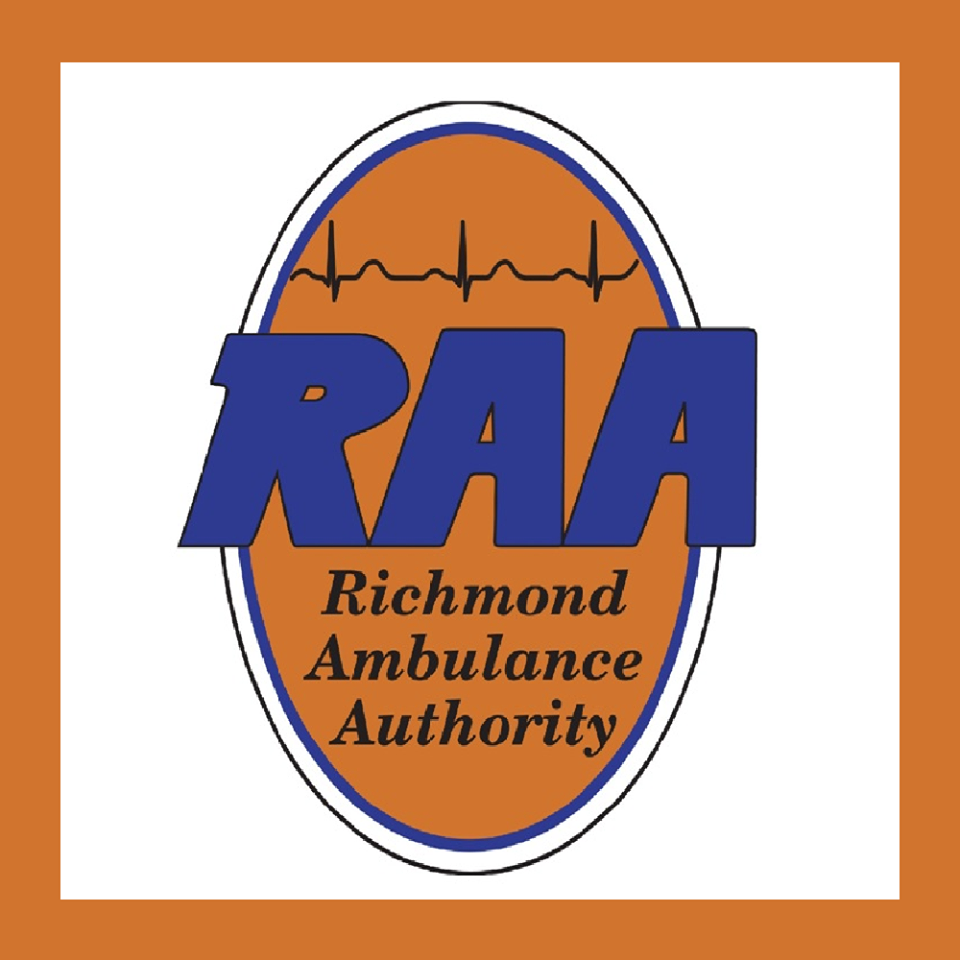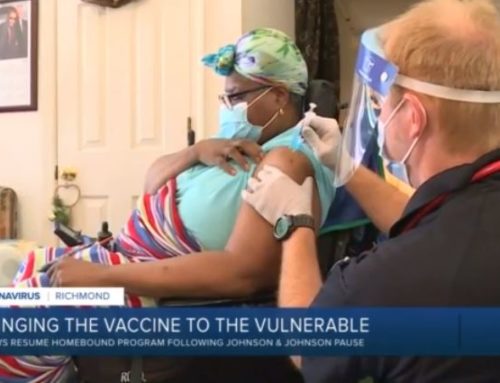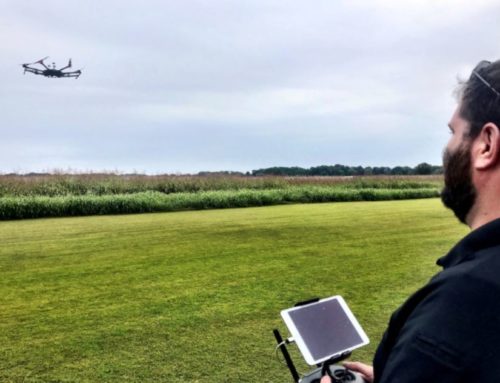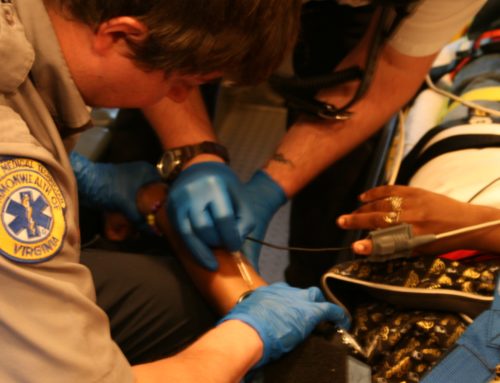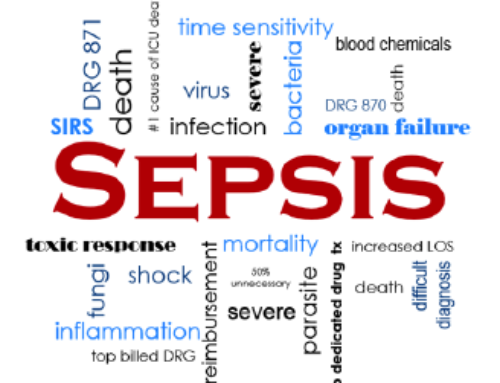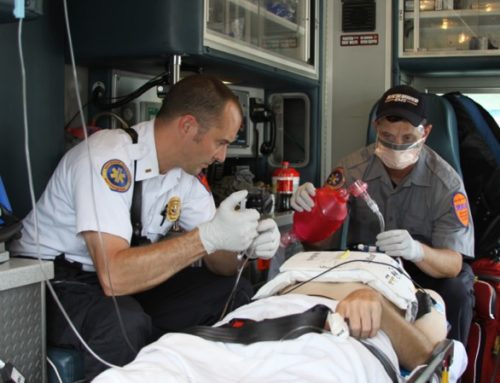NEWS FLASH – Strokes are the fifth leading cause of death (see figure 1) and the leading cause of disability in the United States. Ok, so maybe this is not a news flash but we can all agree this is one of the more common run types in EMS. Tried and true methods such as stroke scales, interrogation techniques and astute observational skills are the primary methods in determining the severity of the situation.
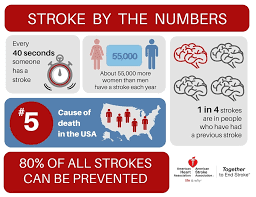
Figure 1 – stroke.org
Recently, using the simple term “stroke scales” in two internet search engines including Google® and Google® Scholar returned in less than a second approximately 161 and 1.1 million results respectively (Google – Search Engine, n.d.) (Google Scholar, n.d.). The articles and studies discuss the prognostic reliability and efficacy of the three primary stroke scales performed by EMS providers including the Cincinnati Prehospital Stroke Scale (figure 2), BEFAST scale and Vision, Aphasia and Neglect Scale. Our focus will be on the scales, what they are designed to identify, and how we can use each of them to determine a true stroke from a stroke mimic.
First is the Cincinnati Prehospital Stroke Scale (CPSS). Arguably the most commonly taught and used in the prehospital setting. Developed in 1997 and derived from the 15-item National Institutes of Health Stroke Scale, little has changed with respect to when, how and why this test is

Figure 2 -CPSS
performed (Kothari, Pancioli, Liu, Brott, & Broderick, 1999). There are three areas examined (see Figure 2) with two objectives. First is identifying the possibility of middle cerebral artery strokes. Second, if two (or more) areas are positive and the onset of symptoms are in a certain time frame, the use of thrombolytic therapy may be of benefit to the patient.
This test is in three parts: face, arm and speech. Face exam is performed by visual inspection by the on scene responder. This inspection is to identify facial droop, having the family identify if there is any changes with the patient’s appearance or if there is obvious drooping noted by the responder during the exam. The next is arm drift. By having the patient hold up their arms for 10 seconds and document findings including ability to accomplish the task, weakness and/or numbness to one side. The final is speech. Have the patient repeat a simple phrase such as “The early bird catches the worm” and noting any slurring of words, aphasia or other speech problems. If the patient has abnormalities to two or more areas this test is considered to be positive for stroke and transport to a stroke center is indicated.
Due to the time sensitive nature of strokes this test is now included in 911 dispatch centers around the globe. Using trained Emergency Medical Dispatchers, it is possible to provide a near zero minute assessment of the patient with stroke symptoms. Providing you the medic a basis of which symptomology could be changing as in the case of TIA. The Medical Priority Dispatch System® (MPDS) of the International Academies of Emergency Dispatches’® (IAED) recognized this need and has included the CPSS test with every complaint of stroke. Called the Stroke Diagnostic Tool (SDxT) it addresses all three points of the CPSS with the addition of time and indirectly includes other areas such as balance and visual changes.
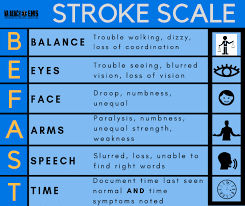
Figure 3 – BEFAST
Another test combines the principles of the CPSS and is called the Balance, Eyes, Face, Arms, Speech and Time Scale (BEFAST) (Figure 3). The first and most basic introduction of this scale, also in 1997, is the FAST scale. The primary objective is to identify the time of symptom onset, bypass the ER for a specialized acute care unit and begin treatments (Harbison, et al., 2002). Similar to the CPSS test the addition of balance, eyes and time to the exam should provide more directed identification of strokes. The theory is that balance and eyes are controlled in different areas of the brain. The result will help to identify with more accuracy where the stroke is occurring. Because the way the question is worded this may be true, however, it is still looking for cerebral artery occlusions. Recent research indicates there are limitations to the CPSS and BEFAST scale because they don’t identify other types of stroke, intracranial hemorrhages or Large Vessel Occlusion (LVO).
Since BEFAST and CPSS are so similar to each other we only need to add balance and eyes to the exam we were all taught to perform. The need to identify any balance issues, specifically a new or sudden loss of balance, can prove beneficial and if positive, should involve a stroke team activation. To address the eye portion, ask the patient if there is any loss of vision to one or both eyes. Document the findings and be detailed as possible. Remember your documentation is often the closest, most accurate of onset of symptoms used in the further care in the short and long term care of the patient.
The final stroke scale is relatively new to the EMS community and is the Vision, Aphasia and Neglect (VAN) scale (Figure 4). This exam was developed because
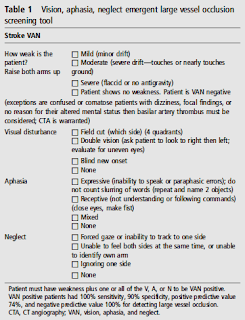
Figure 4 – VAN
of favorable acute stroke thrombectomy trials establishing embolectomy as a standard of care for patients with severe stroke related to Large Vessel Occlusion (LVO). In the study (Mohamed S Teleb, Hage, Carter, Jayaraman, & McTaggart, 2016) the authors discuss how other scales compare to this and how this scale is less complicated since there is no math to perform. They identified three areas to address and developed a training plan for nurses initially and then to first responders. The goal is to provide accuracy with little training and no need for certification.
The principle behind this exam is it builds on itself, meaning if an exam part is positive you move to the next, if negative the exam ends and the patient is not having an LVO. For example, the first task is not part of the VAN but in order to start the exam ask the patient to hold their hands up for 10 seconds and if the patient is able to do so the exam is done and the patient is VAN negative. If drift is noted, move to the next which involves the visual fields. Have the patient follow your finger and assess the 4 quadrants of the visual fields in type of figure eight movement. If they accomplish it stop the exam and they are VAN negative, if they have visual problems move on to the next. Aphasia, have them repeat a phrase or have them describe an object in the ambulance commonly known like a blood pressure cuff. Again, if they have no speech problems (new onset) the test is over, otherwise move onto Neglect. This area could be considered by some to be visual because it asks if the patient has a forced gaze or inability to track to one side (Colliers Sign), however, there is more to neglect than just the visual fields. There is the ability to feel, identify or even ignore an arm or side of the body. If this is positive, the patient is VAN positive and should be taken to a comprehensive stroke center.The final stroke scale is relatively new to the EMS community and is the Vision, Aphasia and Neglect (VAN) scale (Figure 4). This exam was developed because of favorable acute stroke thrombectomy trials establishing embolectomy as a standard of care for patients with severe stroke related to Large Vessel Occlusion (LVO). In the study (Mohamed S Teleb, Hage, Carter, Jayaraman, & McTaggart, 2016) the authors discuss how other scales compare to this and how this scale is less complicated since there is no math to perform. They identified three areas to address and developed a training plan for nurses initially and then to first responders. The goal is to provide accuracy with little training and no need for certification.
Stroke Centers
There seems to be a stroke center around every corner as almost every hospital and stand-alone ED are certified stroke centers. The Joint Commission is the certifying body for stroke centers amongst other medical specialties. In order to certify as a stroke center the hospital must demonstrate a commitment to quality improvement process including performance measures used to improve outcomes, education plans to prepare the patient for discharge and many more (Facts about Disease-Specific Care Certification, n.d.). The commission has identified and certify four levels of stroke certification on their website (Facts about Joint Commission stroke certification, n.d.):
- Acute Stroke Ready Hospital (ASRH)
- Primary Stroke Center (PSC)
- Comprehensive Stroke Center (CSC)
- Thrombectomy-Capable Stroke Center (TSC)
All of the above are listed in order of complexity meaning an ASRH and PSC do not have the same capabilities as the CSC and the TSC has the most capabilities. In RVA every hospital is designated a PSC with three of them certified as CSCs at St. Mary’s, Johnston Willis and VCU. Only the McGuire Veterans Hospital and the stand-alone EDs hold the ASRH certification, the lowest certification level. The Old Dominion EMS Alliance has great training tools available on their website (ODEMSA Stroke Training, n.d.)
Documentation
Considering who wrote this did you ever imagine we would not talk about documentation? I didn’t think so. When documenting strokes on an ePCR there are several important details to include on each of them. First, time of symptom onset. This is perhaps the most important part of the long term care of the patient. Neurologists read your reports and as such times for onset, treatments, activations and arrival at the ED should be as accurate as possible.
Second, located in the “Patient Experience” tab in ImageTrend® Elite® we have an entire field dedicated to stroke identification, assessment and care. This area has its limitations, first it addresses those areas considered “objective” and does not explain the entire case. You will have to include many details in other areas including vital signs and the narrative. The narrative needs to include those observations not otherwise discussed in buttons and dropdowns.
Conclusion
Strokes are one of the most common calls we run as EMS providers and for all the information we know we are only touching the tip of what is out there. Do your own research, teach yourself as much as you can about this important topic. Remember a few things: The only stroke scales approved in ODEMSA and RAA protocols are BEFAST and VAN. This article only touches on what the scales are, your experience is more valuable than this will ever be.
A copy of this article is on ePRO with an associated quick 10 question test. Thank you for reading and keep up the great work you do every day, be safe out there.
Have ideas for future issues? Email Rich Lindfors at rlindfors@raaems.org or call (804) 254-1193.
References
(n.d.). Retrieved from Google Scholar: www.scholar.google.com
(n.d.). Retrieved from Google – Search Engine: www.google.com
Facts about Disease-Specific Care Certification. (n.d.). Retrieved from The Joint Commission: https://www.jointcommission.org/facts_about_disease-specific_care_certification/
Facts about Joint Commission stroke certification. (n.d.). Retrieved from The Joint Commission : https://www.jointcommission.org/facts_about_joint_commission_stroke_certification/
Gardett, I., Olola, C., Scott, G., Broadbent, M., & Clawson, M. ,. (2017). Comparison of Emergency Medical Dispatcher Stroke Identification and. Annals of Emergency Dispatch and Response, 5(1), 6-10. Retrieved from https://www.aedrjournal.org/wp-content/uploads/2017/03/AEDR-2017-1_Pg-6-10_EMD-VS-EMS.pdf
Harbison, J., Hossain, O., Jenkinson, D., Davis, J., Louw, S. J., & Ford, G. A. (2002). Diagnostic Accuracy of Stroke Referrals From Primary Care, Emergency Room Physicians, and Ambulance Staff Using the Face Arm Speech Test. American Heart Association Journals. doi:10.1161/01.STR.0000044170.46643.5E
Kothari, R., Pancioli, A., Liu, T., Brott, T., & Broderick, J. (1999). Cincinnati Prehospital Stroke Scale: reproducibility and validity. Annals of Emergency Medicine, 33(4), 373-8. Retrieved from https://www.ncbi.nlm.nih.gov/pubmed/10092713
Mohamed S Teleb, M., Hage, A. V., Carter, J., Jayaraman, M. V., & McTaggart, R. A. (2016). Stroke vision, aphasia, neglect (VAN) assessment—a novel emergent large vessel occlusion screening. 0:1–5.(doi:10.1136).
ODEMSA Stroke Training. (n.d.). Retrieved from Old Dominion EMS Alliance: www.odemsa.net
